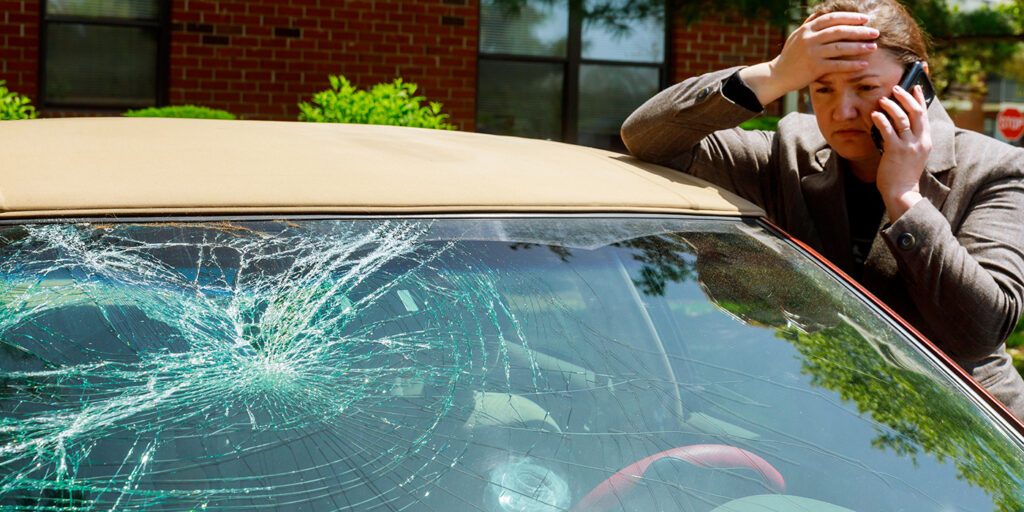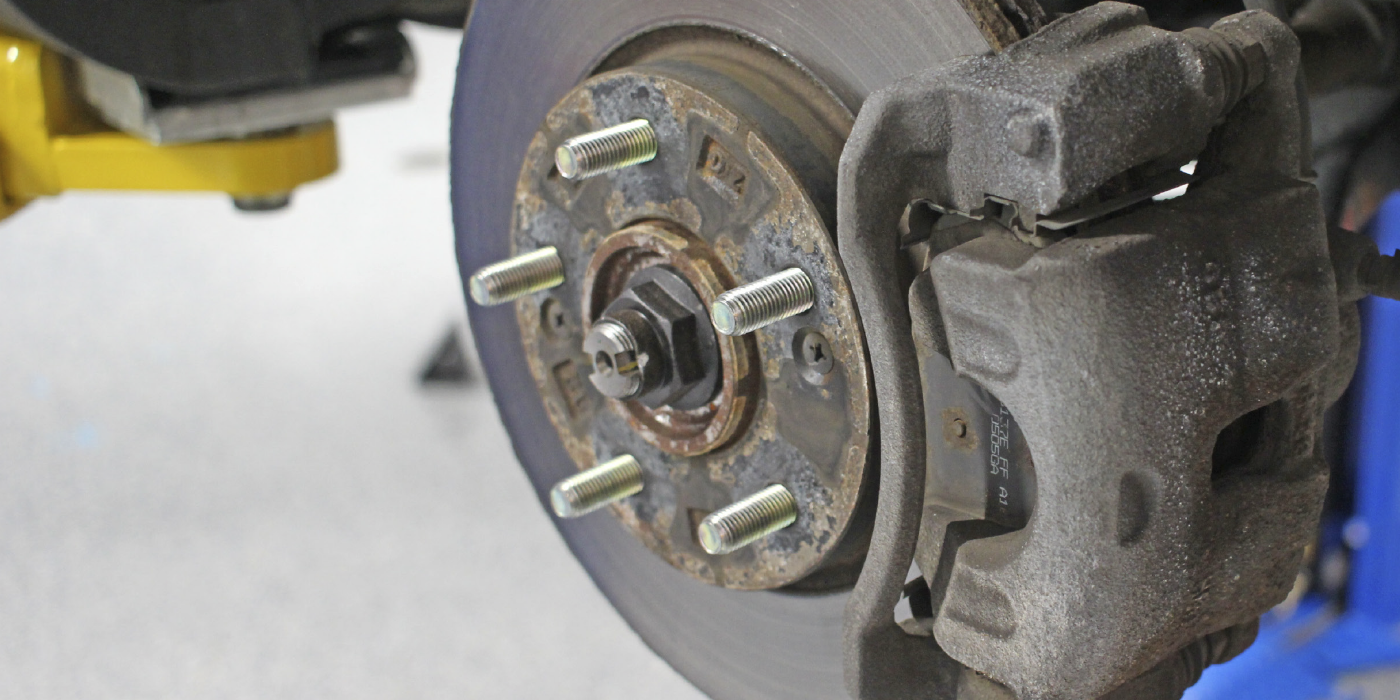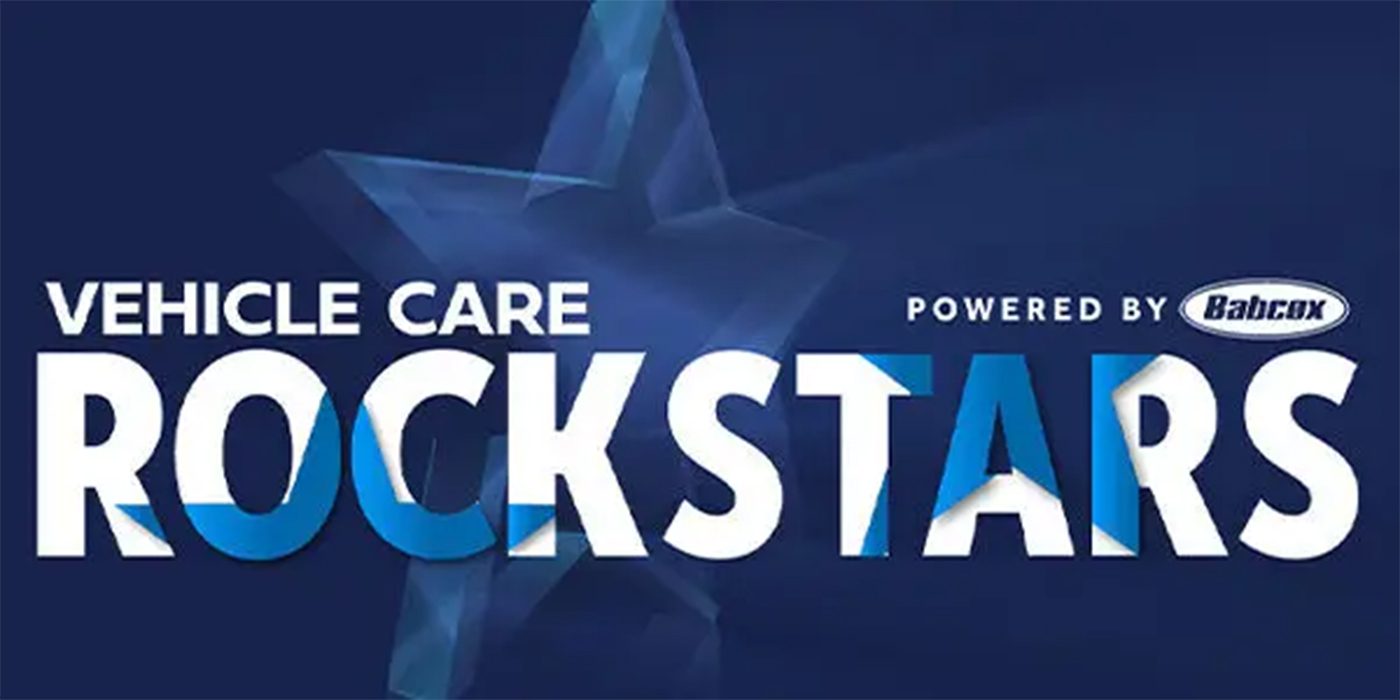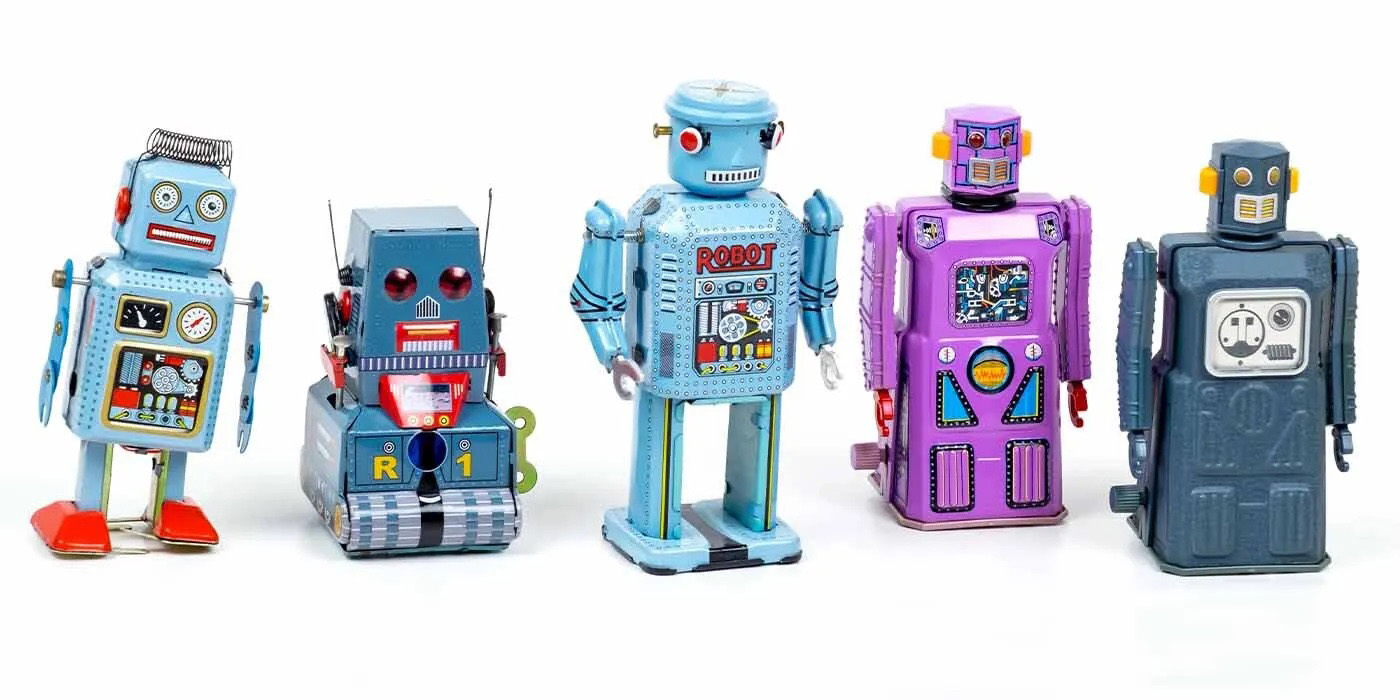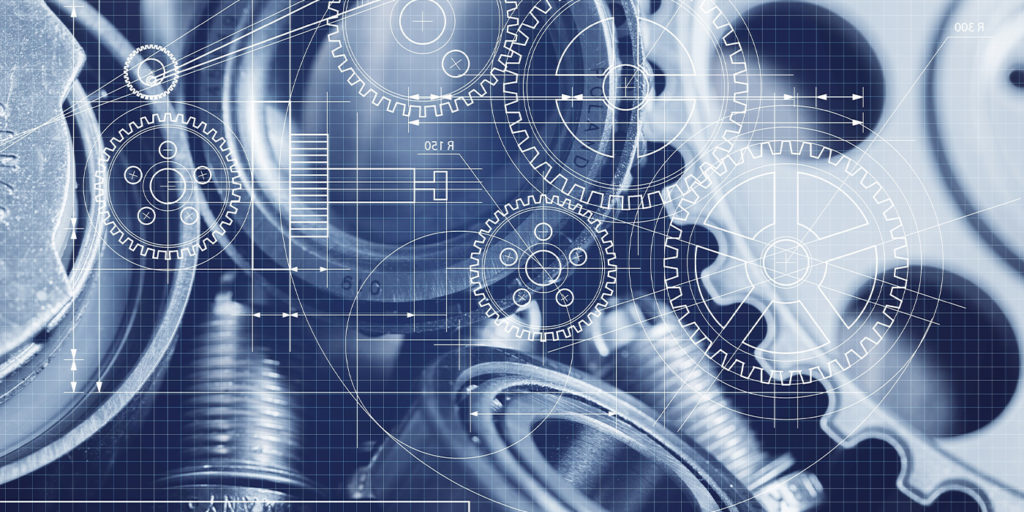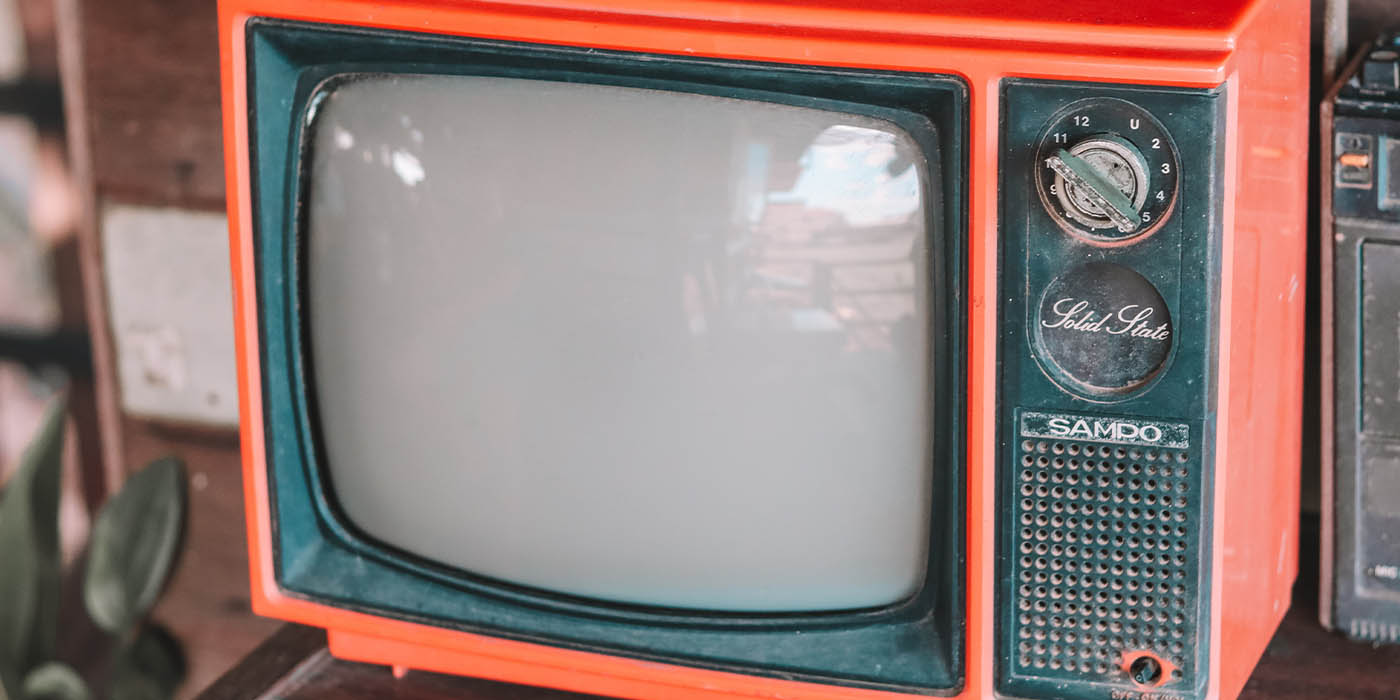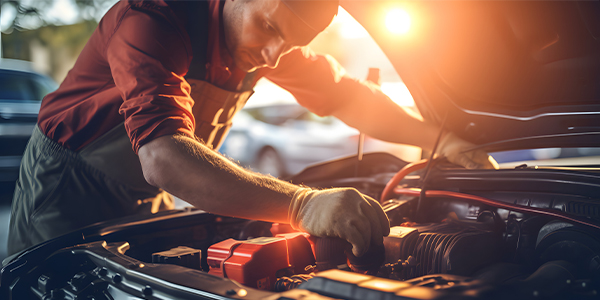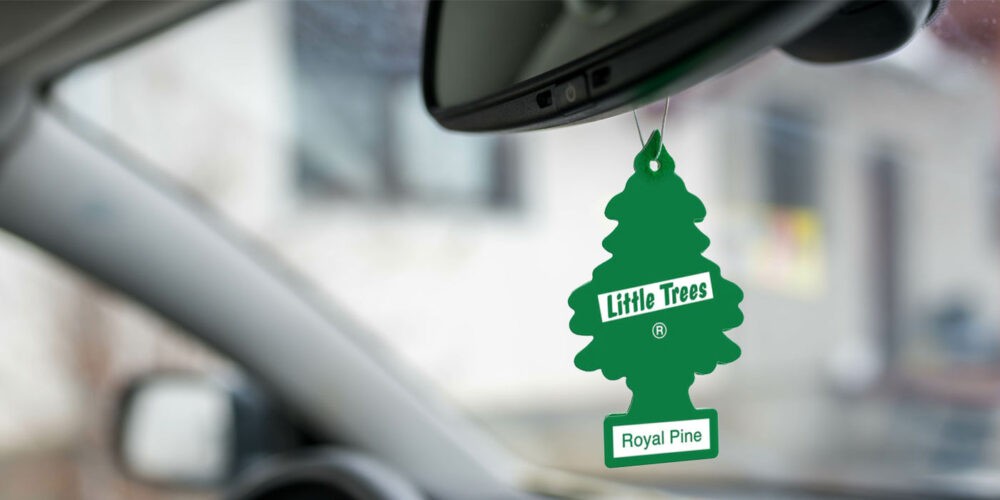Courtesy of Body Shop Business
Original equipment (OE) vs. aftermarket parts for the repair of vehicles has been a subject of debate for the collision repair industry for as long as I can remember. I’m not saying anything that’s not already known to all of us in the industry, but the debate is primarily between the vehicle manufacturers and the insurance companies. This leaves the repair shops and the customers caught in the middle.
What’s the right choice? The auto glass industry finds itself in an interesting predicament regarding OE-manufactured glass and aftermarket glass. This has been a discussion for years, but with new advanced driver-assistance systems (ADAS) features using cameras mounted to the glass, the tolerance required of the glass and its components to be correct for proper function, the discussion has taken on a new twist.
Changing the Game
ADAS features have changed the game in the auto repair industry as automakers increase the number of vehicles equipped with more of these safety systems each year.
With ADAS features, calibrations have become a common procedure to validate that repairs were completed correctly and the ADAS system is functioning correctly. Vehicle manufacturers have provided the industry with instructions and documentation on how to perform the repairs and calibrations as to what, where, when and how — including what parts should be used. Many vehicle manufacturers have statements on OE glass for replacement of windshields. Then, of course, there’s the real world of repairs and the costs associated with using OE windshields.about:blank
The cost of windshield replacements in the U.S. has risen dramatically when you add the calibration of vehicles’ ADAS to that windshield replacement cost. When you add the difference in pricing between the OE auto glass and auto glass purchased through the auto glass manufacturers and their warehouses (which is generally termed aftermarket glass), you see the costs rise even higher.
I made some random phone inquiries on prices, and below is what I found out for a 2020 Honda Accord. Of the companies I called, I was able to get quotes with no calibration and with calibration. I then asked for pricing if I wanted an OE glass and calibration.

The industry norm is that many OE parts are more expensive than aftermarket parts. The point to notice here is the major difference in cost in windshield replacement to all of us that has happened over a few short years. It doesn’t matter if you’re a shop, insurance company or consumer — the added calibration has increased costs dramatically.

